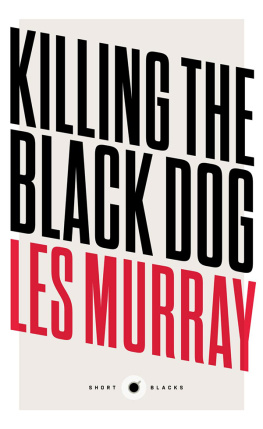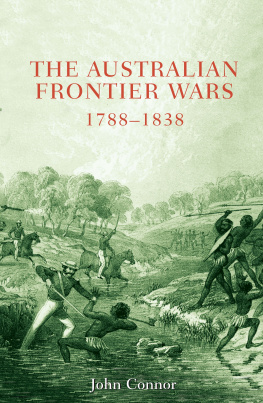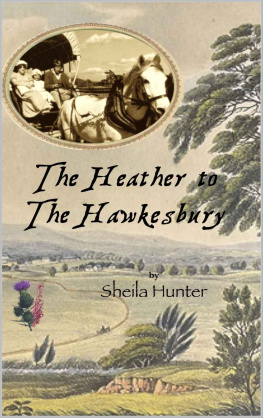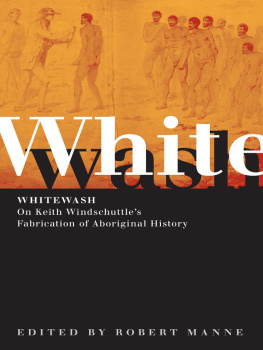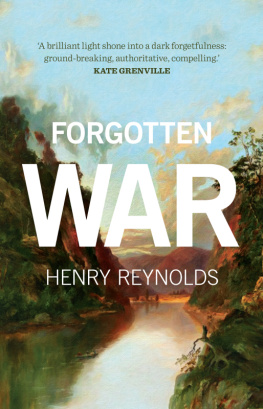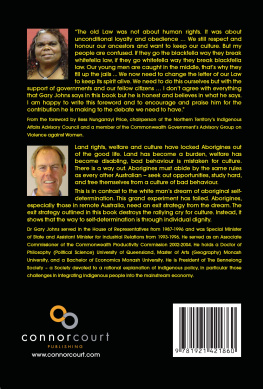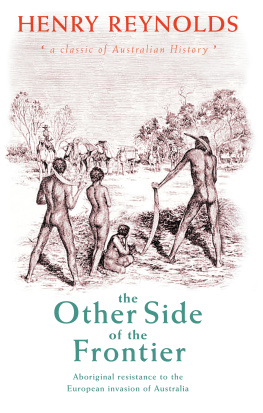Blood Revenge
Murder on the Hawkesbury 1799
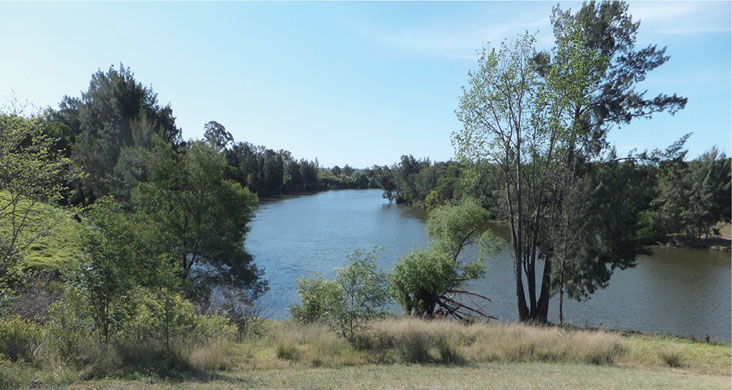
View up the Argyle Reach from the river bend into Windsor Reach. Photograph taken by the author, 2013.
Blood Revenge
Murder on the Hawkesbury 1799
Lyn Stewart
ROSENBERG
First published in Australia in 2015
by Rosenberg Publishing Pty Ltd
PO Box 6125, Dural Delivery Centre NSW 2158
Phone: 61 2 9654 1502 Fax: 61 2 9654 1338
Email:
Web: www.rosenbergpub.com.au
Copyright Lyn Stewart 2015
National Library of Australia Cataloguing-in-Publication entry
Creator: Stewart, Lyn, 1947- author.
Title: Blood revenge : murder on the Hawkesbury, 1799 / Lyn Stewart.
ISBN: 9781925078466 (paperback)
ISBN: 9781925078589 (ebook)
Notes: Includes bibliographical references and index.
Subjects: Trials (Murder)New South WalesHistory.
Aboriginal AustraliansCrimes againstNew South Wales.
Culture and lawHistory.
Hawkesbury River Valley (N.S.W.)History.
Dewey Number: 994.4203
Printed in China by Prolong Press Limited
Contents
Acknowledgments
Studying Australian History at Macquarie University from 198891 I was fortunate to hear Dr Portia Robinson lecture on womens lives in early colonial New South Wales. I felt encouraged by her example to read widely while closely researching the details of my subject of interest. Discussions with my friend Professor Sandy Yarwood around that time also encouraged me to pursue this story.
I owe a big debt of gratitude to the archivists at the New South Wales State Records Office at The Rocks in Sydney. Intent on reading the original trial transcripts I was guided to the microfilm copies and eventually to the deposition records. By visiting the Kingswood offices of the Records Office I was able to see for myself the original depositions and the note Judge-Advocate Richard Dore wrote to Governor Hunter when he was deliberating over the wording of the indictments.
When I began the writing phase in 2008 I was fortunate in meeting Dr Peter Stanley who was then head of the Research Centre at the National Museum of Australia. He has been a mentor to me during my early drafts of the manuscript and has given me valuable comments and direction. Professor Bruce Kercher has also been a great help with his guidance on the legal aspects of the criminal court system. He opened my eyes to how the legal profession might view the decisions of Judge-Advocate Richard Dore. He also read my first draft and corrected some views I had come to about how the legal system worked in 1799. I am also grateful to Robert Barnes, author of a biography of John Hunter, and to Associate Professor Grace Karskens for their interest in the subject matter and for taking the time to read and comment on my manuscript.
Without doubt the most valuable source of information about the history of settlement at the Hawkesbury has been Jan Barkley-Jacks wonderful book Hawkesbury Settlement Revealed: A New Look at Australias Third Mainland Settlement 17931802. Her thorough research into the records about the Hawkesbury settlement, particularly the land records, has been particularly valuable in sorting out who was living where on the Argyle Reach in 1799.
The trial of five Hawkesbury men, settlers and their workers, for the killing of two Aborigines in 1799 has inevitably been of interest to historians tracing the relationships between Australian Aborigines and the early European colonists. Of pre-eminence in that endeavour has been Henry Reynolds in the many books he has published over a long time. Grace Karskens (The Colony) and Jan Barkley-Jack (Hawkesbury Settlement Revealed) have been the most recent analysing the records and interpreting the significance of events at the Hawkesbury. Their spotlighting of the trial record and the account in Collins (An Account of the English Colony in New South Wales, Volume 2) have influenced me to go the distance and try and solve the questions that inevitably arise about the murderswho was involved and why they were found guilty but never punished? I particularly thank Jan Barkley-Jack for her helpful comments on the maps and on several aspects of the historical evidence.
A special thank you to Jill Wilson who generously reviewed my manuscript and advised me on a rearrangement of chapters. Not least, my dear friends in the River Writers group in Gloucester NSW have been a constant support and sounding board through the several drafts of the manuscript. Thank you for sticking by me during the whole process. A special thank you to my friend Lorna Tomkinson for her work on the maps that accompany this story.
Terms Used
Aborigine/Aborigines is used usually to refer to Aboriginal men rather than Aboriginal people in general. Aboriginal people/men/women/children is preferred by some authors and is sometimes also used here. When the word Aborigine gives a more specific meaning than does Aboriginal person or Aboriginal man/ woman it is used in preference.
The two Aboriginal teenagers murdered by the Argyle Reach settlers are referred to as Aboriginal teenaged boys, Aboriginal teenagers, Aboriginal youths and Aboriginal boys. However, they had already been initiated as adult men or warriors and one, known as Little Jemmy, had a wife or gin.
Natives or blacks are used when a contemporary of the early colonists of New South Wales has used the term. It is also used when relating that persons account of incidents at the time.
The terms black people and white people are used together in the same context. Clan is a term first used by anthropologists but has come into general use by historians. Clan is used to mean a group of Aboriginal people related by family connection, that is, a family or an extended family group.
Depredations or outrages were the words often used to describe physical attacks by Aborigines on settlers. Mischiefs was also used to describe stealing and other persistent problems caused by Aborigines in settled areas.
Glossary of Names
Killed by Hawkesbury Aborigines:
John Wimbo (Winbow or Wimbolt)
Thomas Hodgkinson (Hosskisson, Hoskinson or Hotskinson)
Men arrested and taken into custody:
Edward Powell
Simon Freebody
James Metcalfe
William Timms
William Butler
Thomas Sambourne (Sanburn, Samburn)
Bishop Thompson
John Pearson
Aboriginal men
The spelling of Aboriginal names is that given by John Hunter rather than by Watkin Tench.
Aboriginal people of the upper Hawkesbury River
all probably belonging to the upper Hawkesbury area and possibly belonging to the Buruberongal tribal group but today known as Darug (or Dharug) Aborigines:
Jemmy (Little Jemmy)
Little George |  | murdered by Argyle Reach settlers |
Charley
Coppy
Terribandy
Macnamarra
Major White
Major Worgan
Yellowgowie
Yallahmiendi (Yarramundi, Yellomundee) |  | understood by colonists to be leaders amongst their tribespeople |
Burowan
Gomebeere (Gombeeree)
Nabbin
Aboriginal people of the Sydney region
Bannelong (Bennelong)
Colebe (Colby)
Arabanoo
Ballerderry
Pemulwy (Pemullaway)
Jurors
Of the Royal Navy:
Captain Henry Waterhouse
Next page


